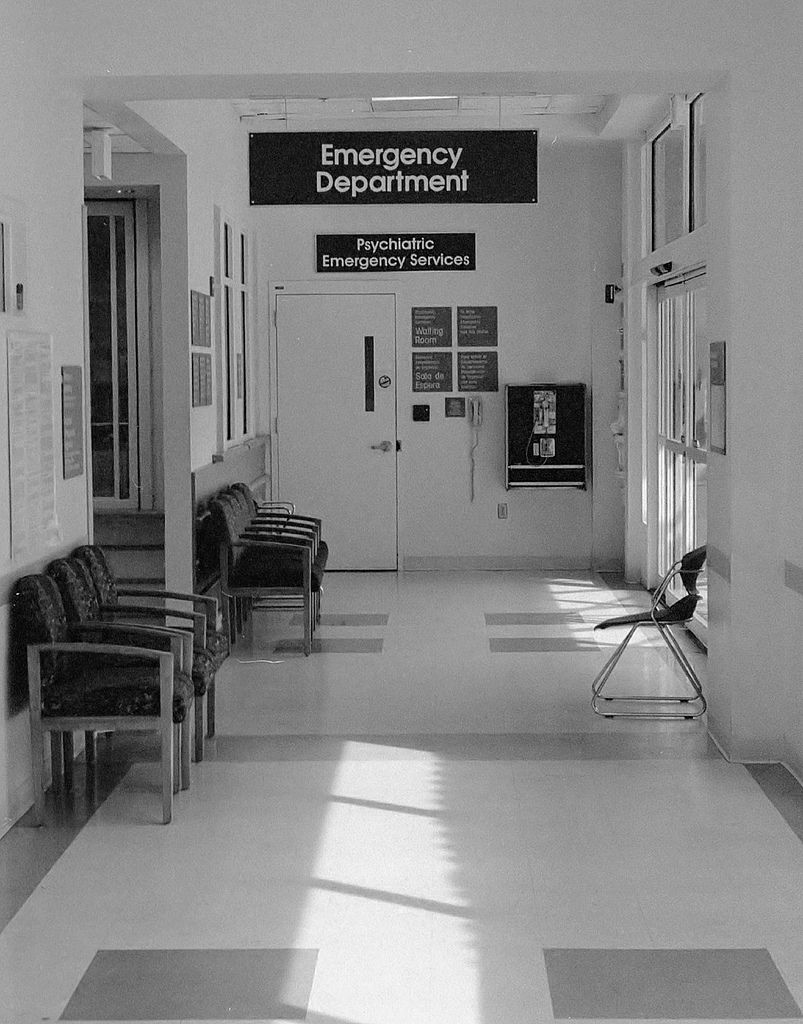Emergency Care Abuse

By: Bethany Watson
Over 120 million Americans visit the emergency room every year. Surprisingly, only 13.3 percent of these individuals are admitted to the hospital, and only about 40 million of these people were actually injured. The other 80 million patients in the emergency room on an average weekend night fill the waiting rooms and spill out into hallways fashioned into makeshift rooms to serve patients who may not have injuries or severe conditions. Some of the most common ailments include toothaches and minor common colds that are clearly non-fatal.
Providing adequate care becomes a bigger challenge when a large influx of patients require these emergency services. To serve these patients efficiently, hospitals have a sorting station called triage. At triage nurses or other medical professionals measure vitals and assess injuries to order to see the patients in order of urgency. Because of the nature of this system, coupled with overcrowding, individuals with severe injuries may be waiting longer than they should be. Doctors who need to set a bone or stitch a gash spend too much time giving the patient with a toothache a referral to the dental clinic and a few pain pills. Many of the problems addressed in emergency rooms actually need to be handled specifically at specialized clinics with doctors or even dentists who can give better care for these conditions.
Other patients use the emergency room as their source of primary care. These patients actually escalate emergency room abuses because their lack of insurance contributes to overcrowding and leads to neglect of minor problems that escalate to a level which needs emergency care. These minor problems could have been far easier to treat at an earlier stage. Some individuals are also influenced by the lure of lower Medicaid co-pays. In fact, the CDC estimates that about 80% of adults used the emergency room due to lack of access to other providers.
Is it possible to combat overuse and overcrowding of emergency room facilities? In a nutshell, yes. Patients who believe they need immediate attention should first call hotlines provided by medical clinics or health insurance companies. These hotlines can help patients evaluate their health status and help them decide if a trip to the emergency room is even the best course of action. Ultimately, evaluating the situation leads to better care and less time spent in a waiting room, which will make everyone happier and healthier.

